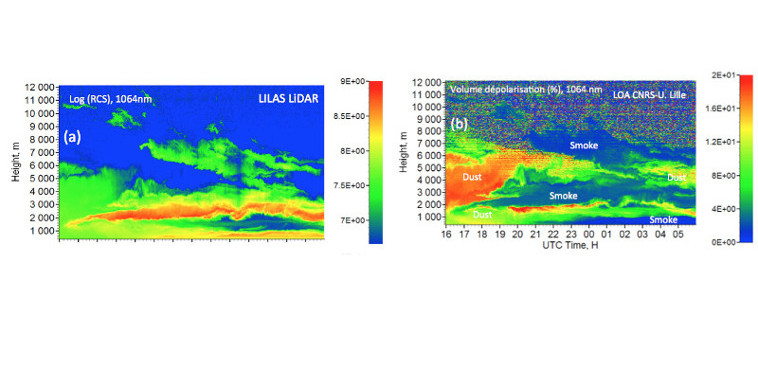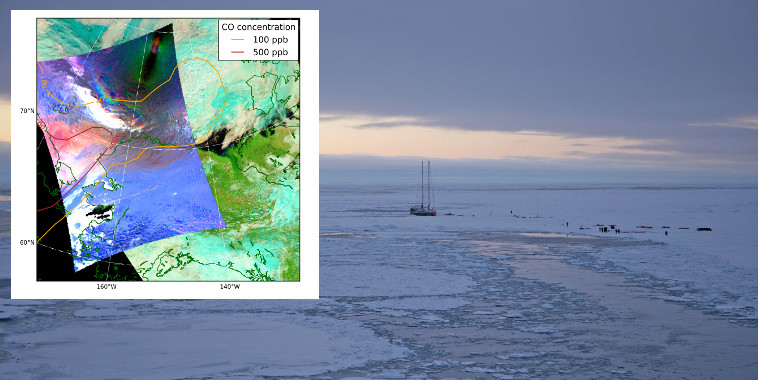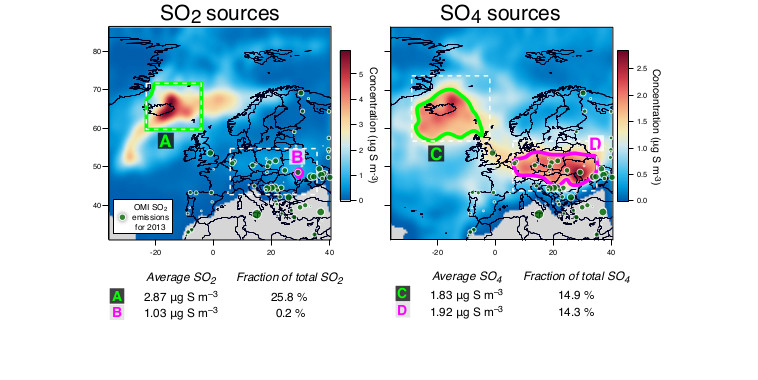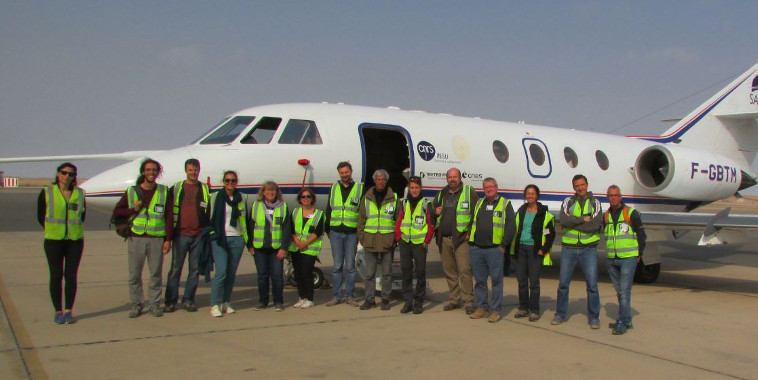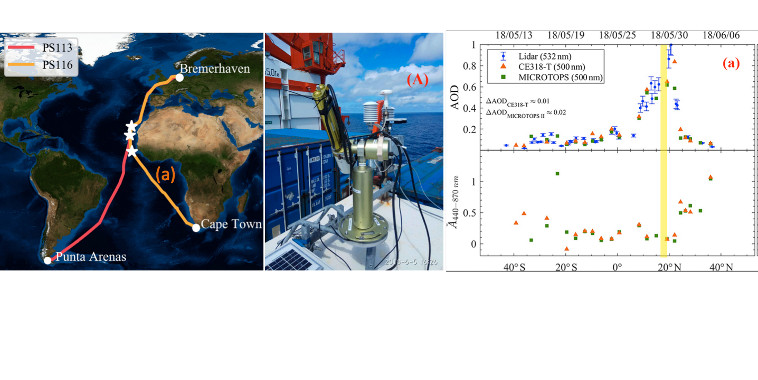Bienvenue au Laboratoire d'Optique Atmosphérique
Unité Mixte de Recherche (CNRS / Lille 1) située sur le campus de l'Université Lille 1 à Villeneuve d'Ascq, dont le rôle est principalement l'observation et la modélisation des propriétés de l'atmosphère.
Deux interventions du LOA sur la chaine TV locale Weo
Le LOA sur WEO : la chaîne de télévision locale WEO, dans le cadre de sa nouvelle émission Wéo Planète, interview deux chercheurs du LOA, sur des sujets environnementaux d’actualité :
 |
 |
S’adapter au changement climatique, diffusé le 06 décembre 2024 avec intervention de Nicolas Ferlay :
https://www.weo.fr/video/sadapter-au-changement-climatique/
Comment mieux respirer ?, diffusé le 29 janvier 2025 avec intervention de Isabelle Chiapello :
https://www.weo.fr/video/comment-mieux-respirer/
MAP-IO: an atmospheric and marine observatory program on board Marion Dufresne over the Southern Ocean
Tulet, P., Van Baelen, J., Bosser, P., Brioude, J., Colomb, A., Goloub, P., Pazmino, A., Portafaix, T., Ramonet, M., Sellegri, K., Thyssen, M., Gest, L., Marquestaut, N., Mékiès, D., Metzger, J.-M., Athier, G., Blarel, L., Delmotte, M., Desprairies, G., Dournaux, M., Dubois, G., Duflot, V., Lamy, K., Gardes, L., Guillemot, J.-F., Gros, V., Kolasinski, J., Lopez, M., Magand, O., Noury, E., Nunes-Pinharanda, M., Payen, G., Pianezze, J., Picard, D., Picard, O., Prunier, S., Rigaud-Louise, F., Sicard, M. & Torres, B.
Derivation of depolarization ratios of aerosol fluorescence and water vapor Raman backscatters from lidar measurements
Veselovskii, I., Hu, Q., Goloub, P., Podvin, T., Boissiere, W., Korenskiy, M., Kasianik, N., Khaykyn, S. & Miri, R.
Growth and Global Persistence of Stratospheric Sulfate Aerosols From the 2022 Hunga Tonga–Hunga Ha'apai Volcanic Eruption
Boichu, M., Grandin, R., Blarel, L., Torres, B., Derimian, Y., Goloub, P., Brogniez, C., Chiapello, I., Dubovik, O., Mathurin, T., Pascal, N., Patou, M. & Riedi, J.
